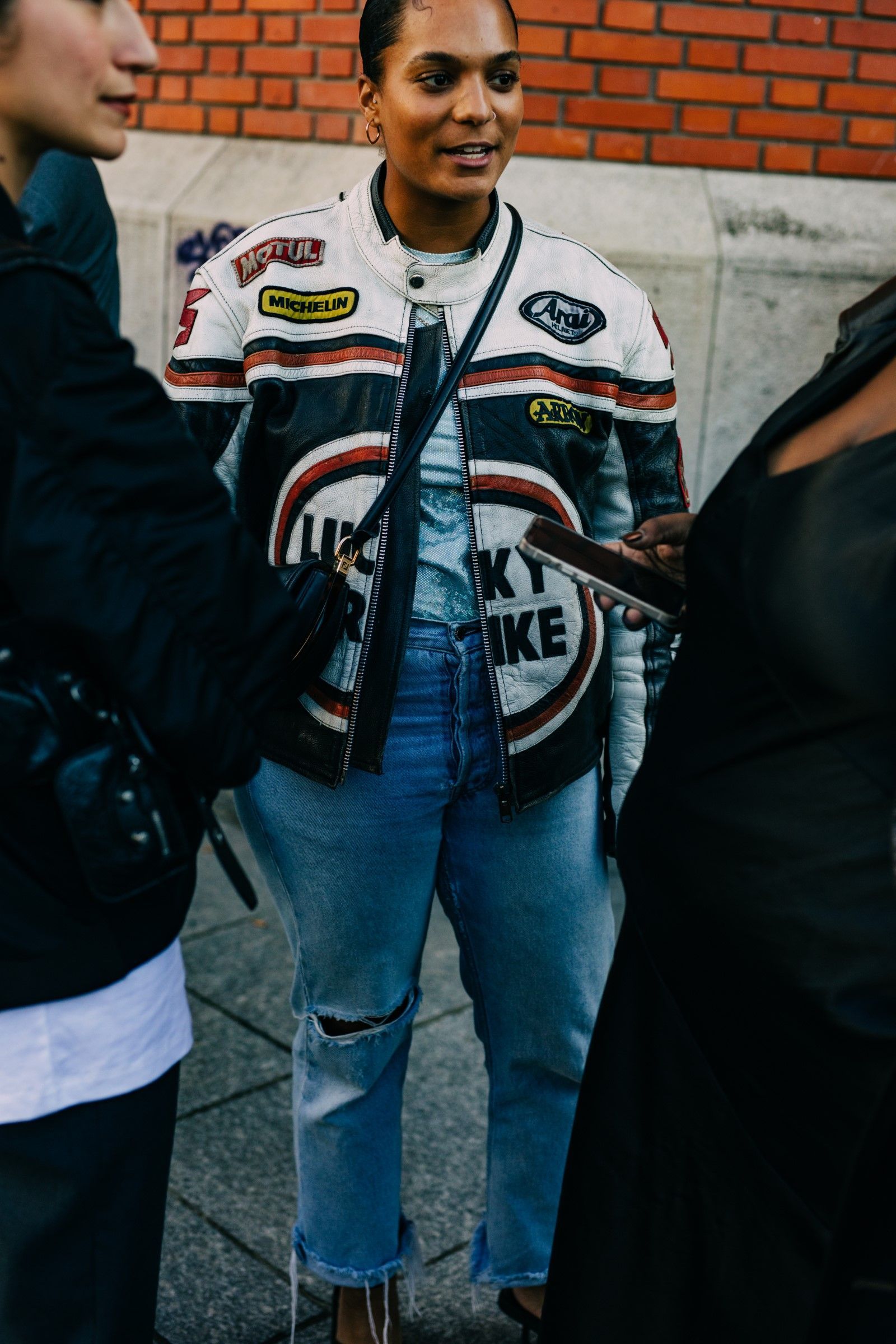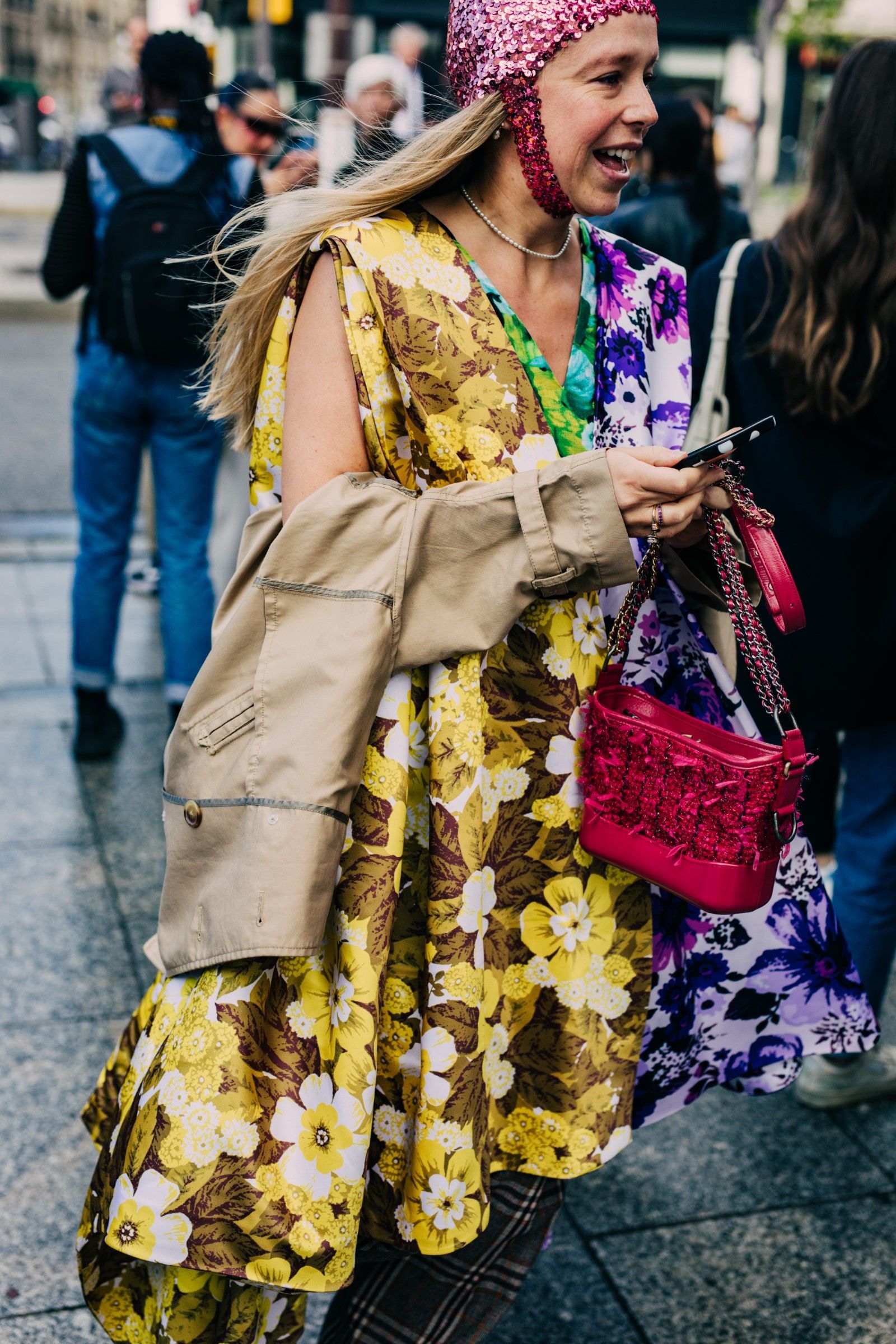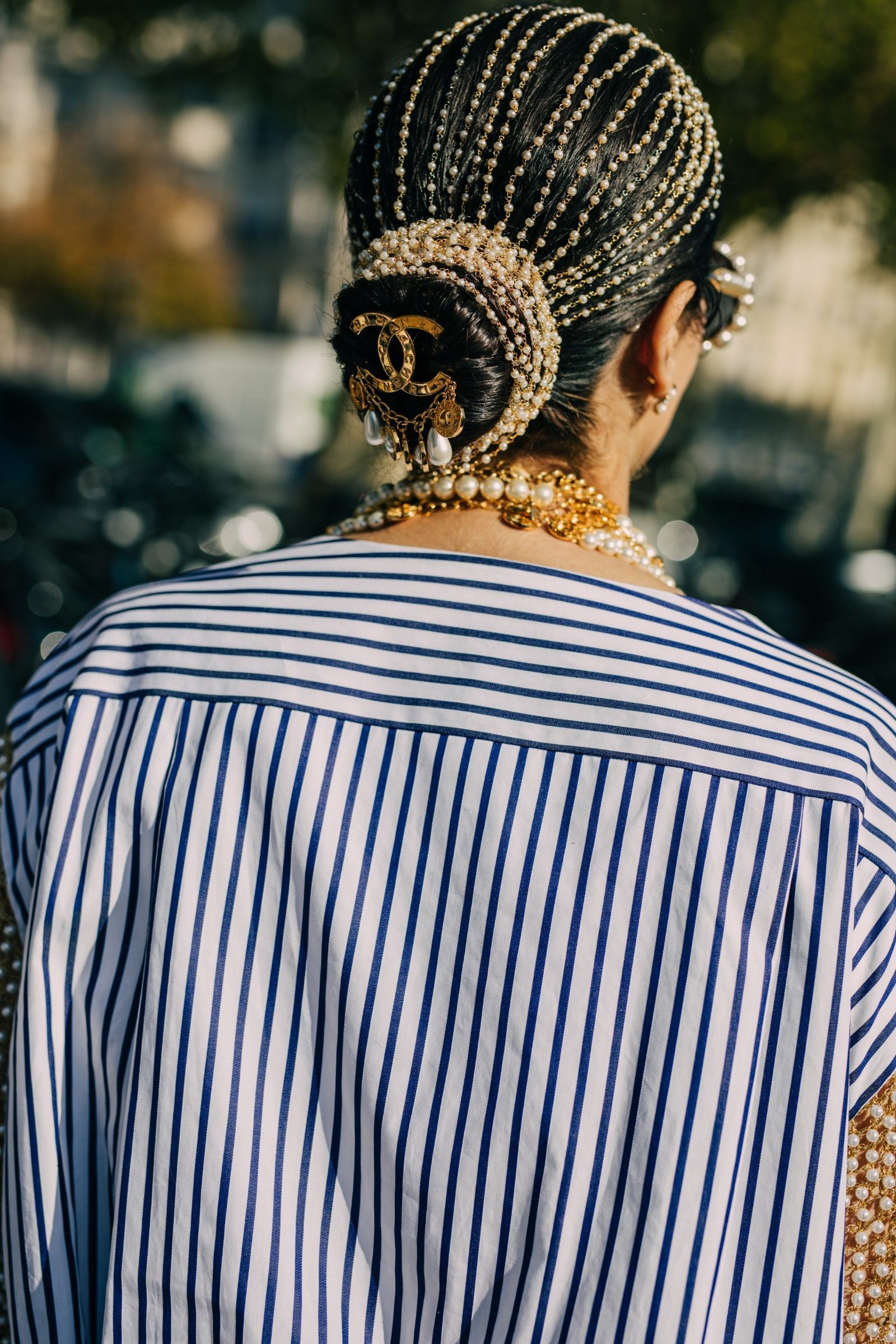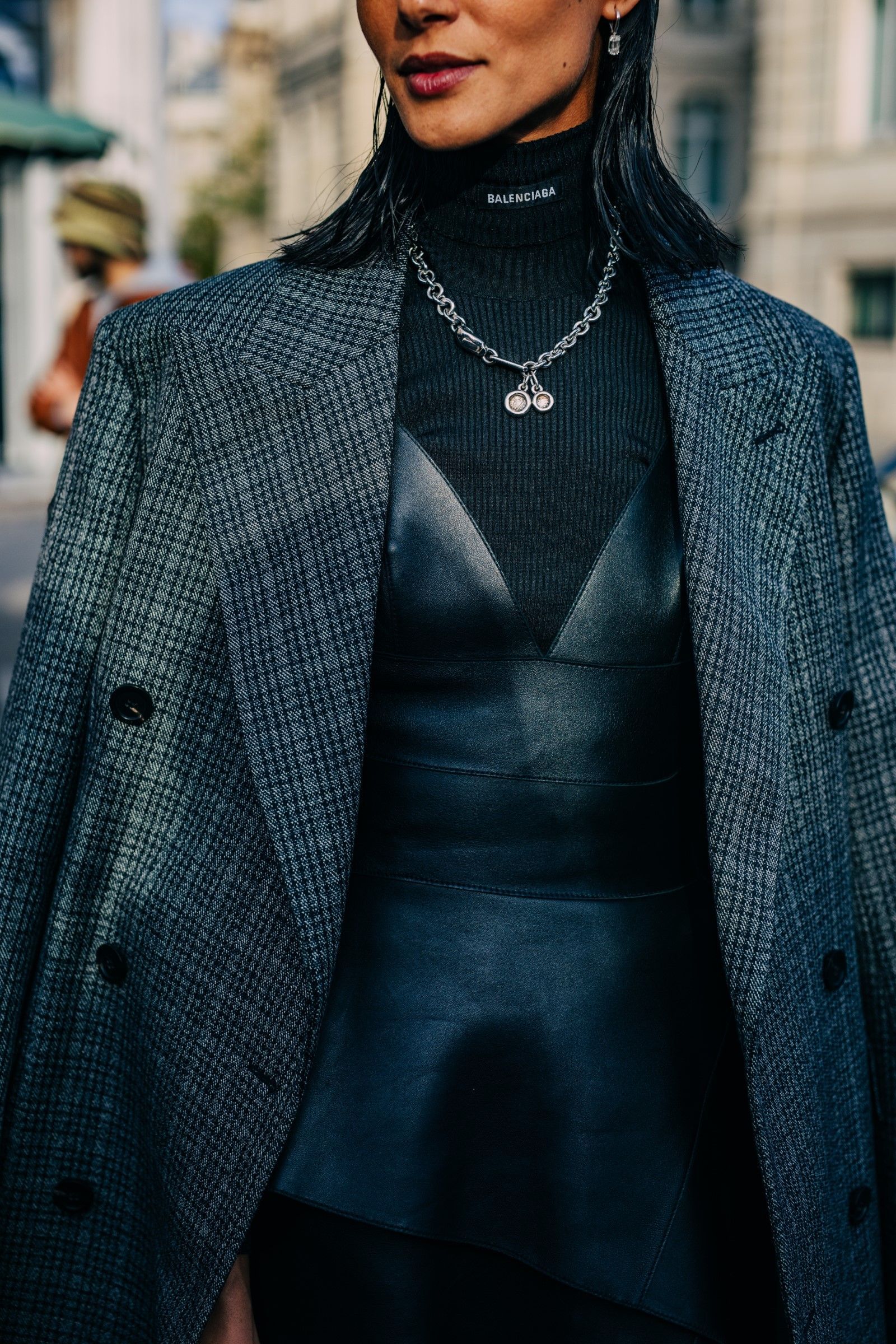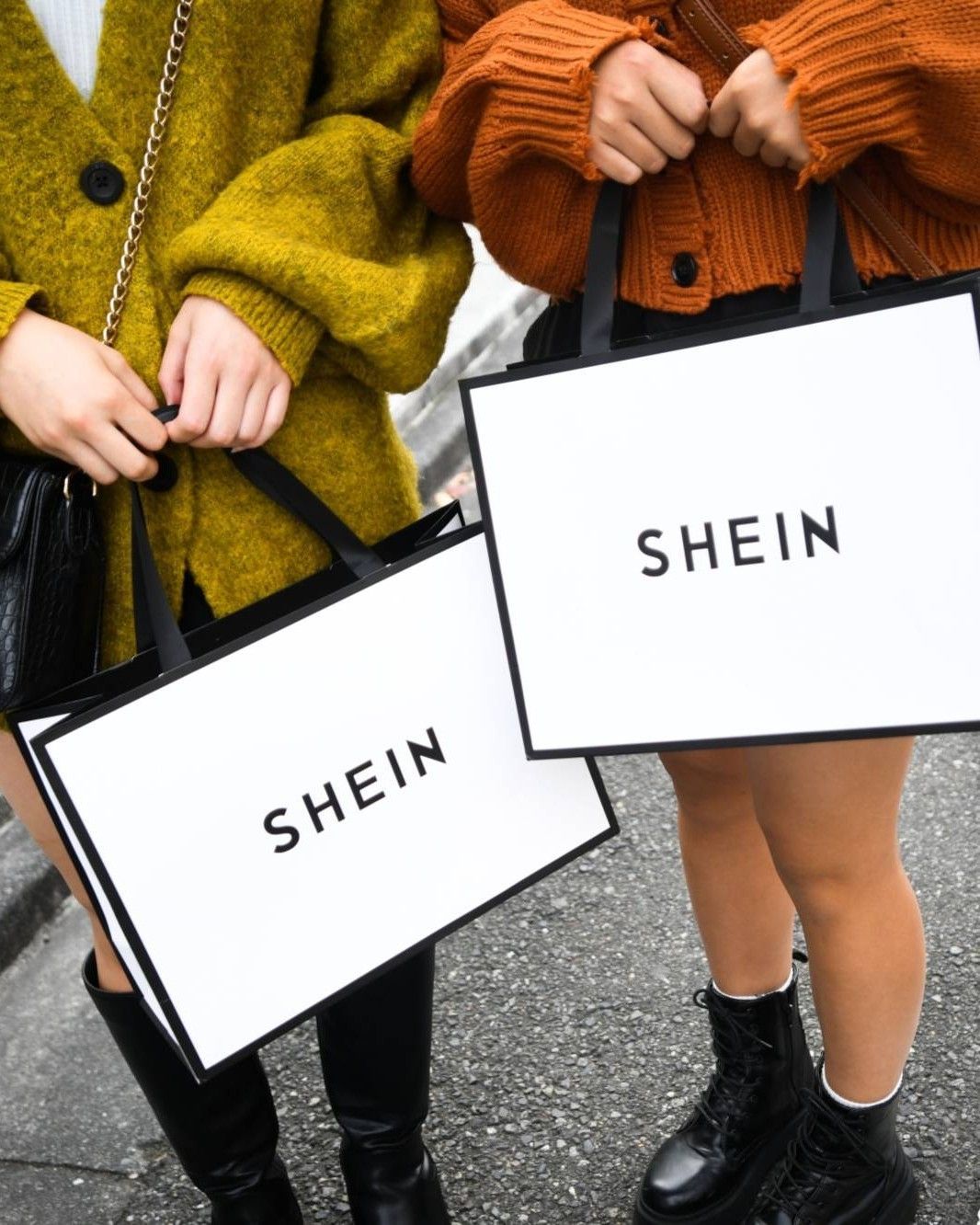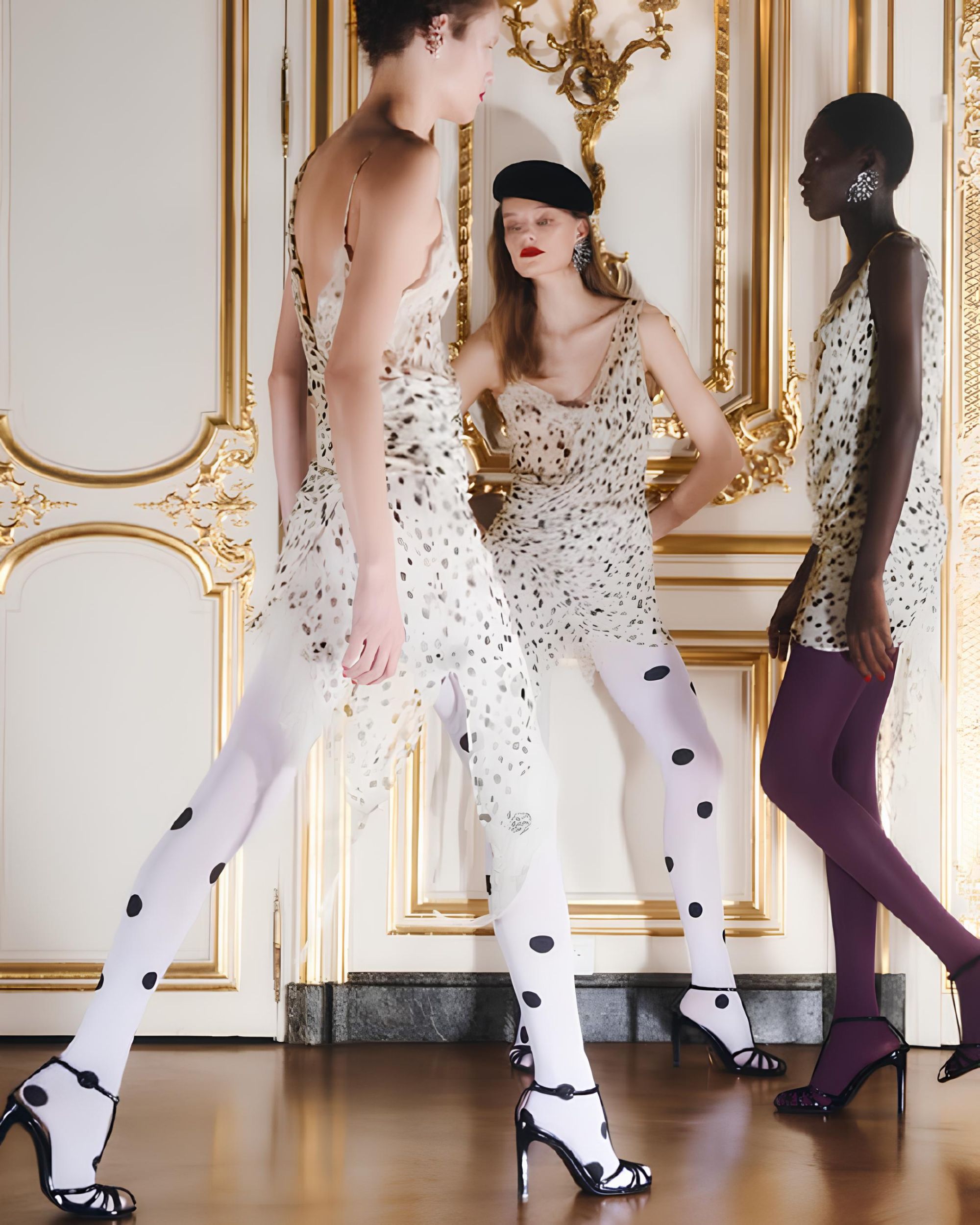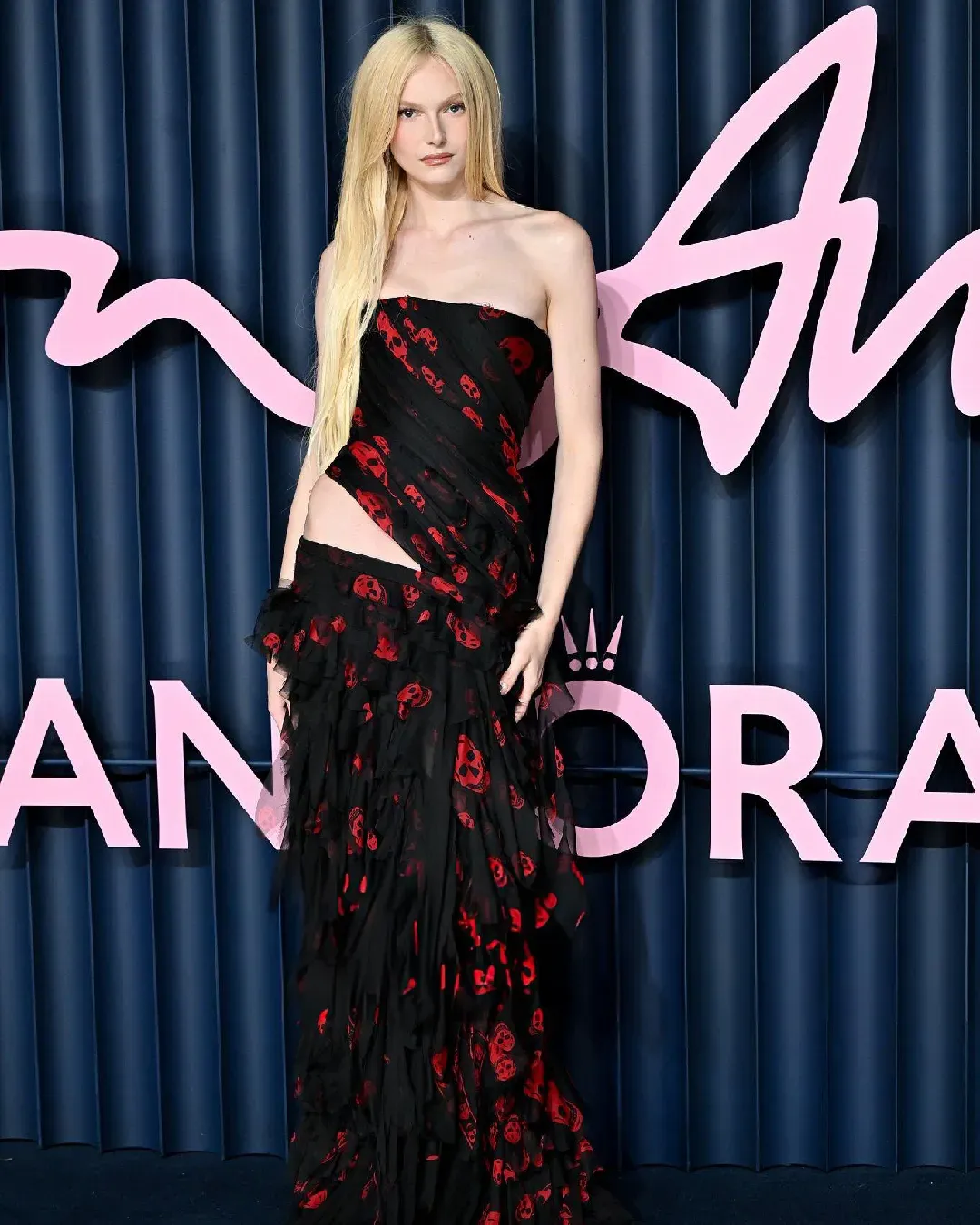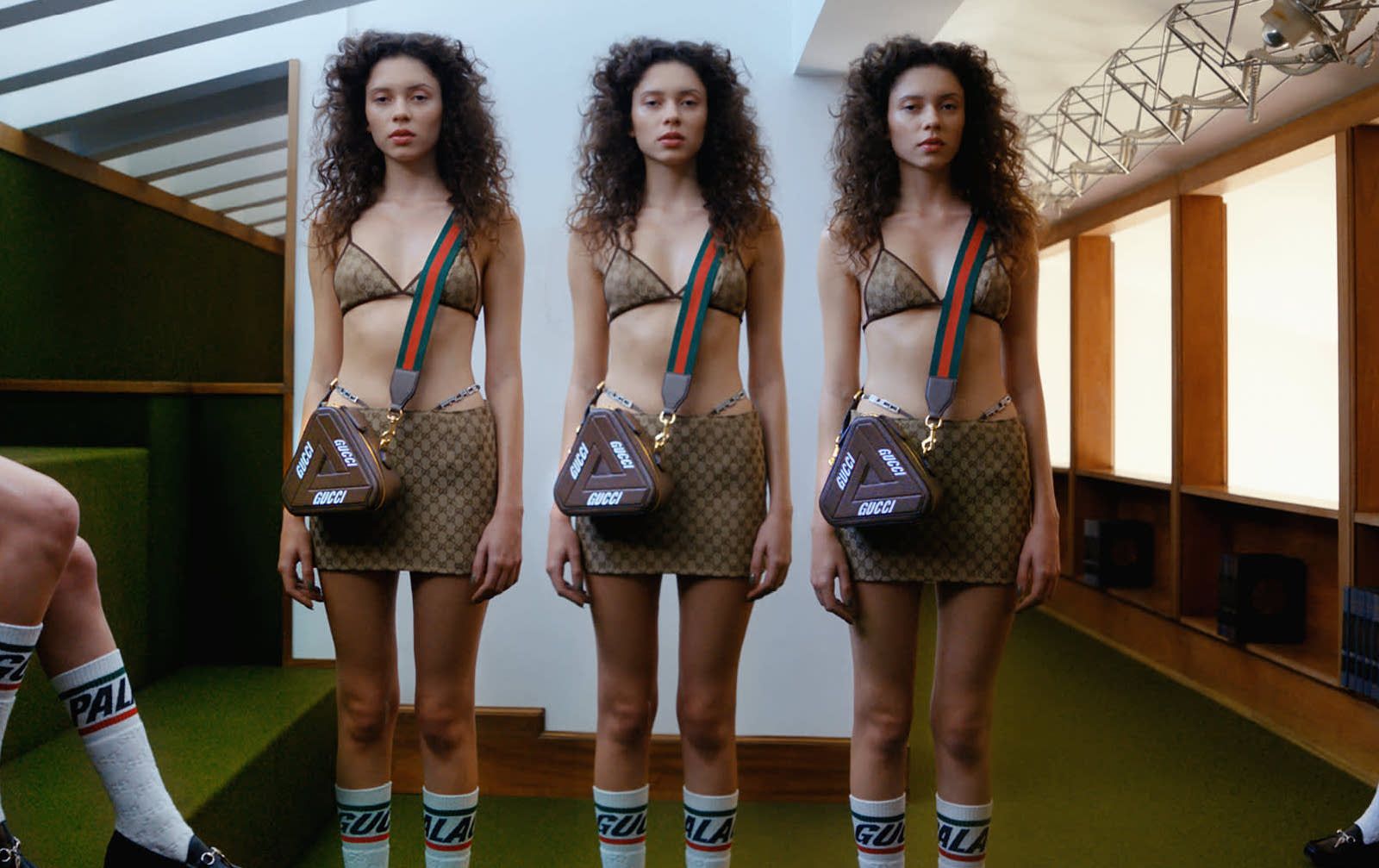
Fashion has gotten really expensive From Palace Gucci collection to Zara's prices raise, clothes and accessories have never been this pricey
Shearling jackets for 9500€, jeans at 2200€, embroidered sweatshirts at 4900€. The hype and historical significance of the Palace and Gucci collection were not enough to justify a price list almost contradictory to the very essence of the London-based skate brand, entering a luxury dimension unknown (and inaccessible) to most.
A few days ago, it was Mark Boutilier, a creator and fashion expert with a great following on TikTok, who had shown the Halloween capsule designed by BODE, the brand founded by Emily Bode that specializes in the highest quality menswear, handmade and with reclaimed fabrics. A rare gem, in short, with prices that rightfully enter the luxury sector. A dichotomy that did not spare the mini collection made for Oct. 31, in which even the classic orange T-shirt with a pumpkin outline cost $190. By BODE's standards this is also a reasonably low price and indeed the result of detailed craftsmanship, but for a T-shirt to wear one evening, and of which very similar versions can be found at much lower prices, is it worth it? For many, yes, as the T-shirts are sold out.
The sold-out BODE T-shirts - and many items from the Palace Gucci collection - reveal the presence of an audience willing to spend any amount of money to buy a piece from a brand they love, one that represents specific imagery, a value system in which they recognize themselves. What drives a consumer to make a particular purchase is a topic that has been much discussed in recent months, in conjunction with a price increase affecting all fashion, from luxury to fast fashion. It's at least since the summer of 2021 that luxury giants have been talking openly about price increases. Bottega Veneta, Louis Vuitton, Chanel, Gucci, no one had been immune to issues related to the supply chain, the cost of raw materials (with the price of cotton and cashmere at all-time highs), energy expenses, international shipping, and so on.
According to the analytics and marketing website EDITED, global average luxury prices are at a four-year high. This is a 7% increase over 2020 and a 25% increase over 2019. Women's outerwear is the most expensive category, with an average price of $3395, responsible for a 20% increase over 2019. Sneaker prices in men's collections surged by 10% compared to 2019, and it is Louis Vuitton that takes home the title for the most expensive sneakers. But even more "basic" products, which, apart from accessories and perfumery, could represent a first entry into the world of luxury for those who were not yet part of it, have become prohibitively expensive. Four years ago a cotton T-shirt with the Prada logo cost $740; today it costs $924. The classic Balenciaga logo T-shirt used to sell for about $595; today it goes up to $650. These increases are affecting, quite a bit, the It Bag sector as well. Today a women's bag from a luxury brand in the United States costs an average of $2475, corresponding to a 27 percent increase over 2019. Something quite far from Telfar's politics.
Despite the inflation, major players in the luxury industry are optimistic about 2022 sales, proving that there is a pool of consumers for whom price increases are not a turning point between buying a luxury good or not. But as BoF wrote last summer, "Companies hoping to rein in discounting and elevate their prices over the long term must elevate their brands as well. They need to give consumers a reason to buy their products."
The increases may not be welcomed as placidly in the fast fashion sector. According to an analysis by the company Lectra, price increases in Europe for retailers such as Zara, Uniqlo, and Mango amount to 8 percent annually. The spearhead of the Inditex group, Zara, fielded an 11 percent increase, reaching an average price of €40. The polarization is now evident, and at least at the moment, it seems to be at a point of no return. On the one hand, Zara or Massimo Dutti have pursued a rebranding that wants to position them away from fast fashion. Well-designed and tidy stores inspired by luxury boutiques, collections considered more high-end, and some promise in the field of sustainability: all concur to change the perception of these brands, bringing them closer to a higher end. On the other side are Shein and Primark and all that fast fashion that results from intensive exploitation, of people and the environment, that travels in very fast, unsustainable cycles, but for thousands of people remains the only viable option for shopping.
The disconnect is such that for more and more people "high" fashion already represents an inaccessible and unreachable world, thus becoming a mere producer of content, images, and moments (experienced at a distance anyway), but not products, which remain unapproachable.











































